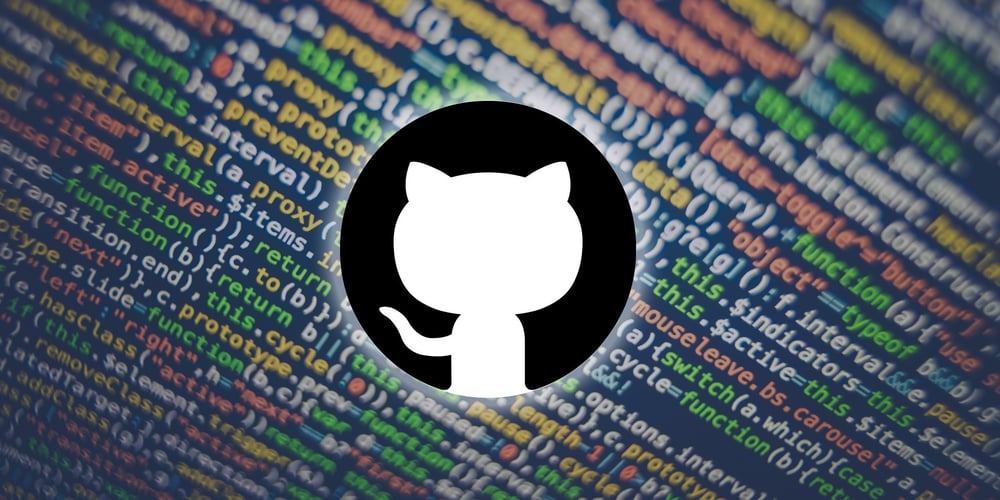Conventional commits and commitlint - A Guide to cleaner git histories
Introduction
Maintaining a clean and structured Git history is crucial for collaboration, debugging, and automation. One of the best ways to achieve this is by adopting a consistent commit message format. This is where Conventional Commits and commitlint come in.
In this post, we’ll explore what Conventional Commits are, why they matter, and how commitlint can help enforce them.
What Are Conventional Commits?
Conventional Commits is a specification that provides a standard format for writing commit messages. It helps make Git history more readable and allows for automation in tools like changelogs, versioning, and CI/CD workflows.
A Conventional Commit message follows this structure:
1
2
3
4
5
<type>[optional scope]: <description>
[optional body]
[optional footer]
Example Commit Messages
1
2
3
4
feat(auth): add OAuth2 support
fix(ui): resolve button alignment issue
chore(deps): update dependencies
docs: add new document
Common Types in Conventional Commits
- feat: A new feature
- fix: A bug fix
- docs: Documentation updates
- style: Code style changes (whitespace, formatting, etc.)
- refactor: Code changes that neither fix a bug nor add a feature
- test: Adding or modifying tests
- chore: Maintenance tasks (dependency updates, build changes)
Why Use Conventional Commits?
- Improved Readability: Easier to understand commit history
- Automated Versioning: Works well with tools like Semantic Versioning (SemVer)
- Better Collaboration: Helps developers and teams quickly grasp changes
- Enhanced CI/CD: Enables automation in deployments, changelogs, and release notes
Enforcing Conventional Commits with commitlint
To ensure that commit messages follow the Conventional Commits format, we can use commitlint. It is a tool that lints commit messages and prevents commits that don’t follow the convention.
Setting Up commitlint
- Install commitlint and husky (to enforce rules in Git hooks):
1
npm install --save-dev @commitlint/{config-conventional,cli} husky
- Create a configuration file (
commitlint.config.js):1 2 3
module.exports = { extends: ['@commitlint/config-conventional'] };
- Set up husky to run commitlint on commits:
1 2
npx husky install npx husky add .husky/commit-msg 'npx --no-install commitlint --edit "$1"'
- Verify the setup:
1
echo "feat: add new API endpoint" | npx commitlint
If the message is valid, there will be no error. Otherwise, commitlint will display an error message.
Additional Customization
commitlint allows you to customize rules by modifying commitlint.config.js. For example, to enforce a maximum subject length of 72 characters:
1
2
3
4
5
6
module.exports = {
extends: ['@commitlint/config-conventional'],
rules: {
'header-max-length': [2, 'always', 72]
}
};
Conclusion
Using Conventional Commits and commitlint ensures a cleaner, more maintainable Git history. By enforcing structured commit messages, teams can improve collaboration, automate versioning, and integrate seamlessly with CI/CD pipelines.
Adopting these best practices is a small investment that pays off in the long run, leading to better-organized projects and efficient software development workflows.
